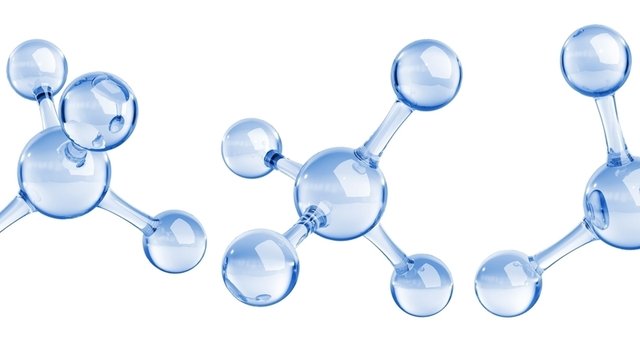

Biotechnology is a fusion between the fields of biology and technology aimed at providing innovative solutions to problems across different sectors. Depending on the area of study, biotechnology is classified into different types: red, white, blue, purple, or green, among others.
If you are interested in this field and everything it entails, the Degree in Biotechnology at Universidad Europea will provide you with the biological and technological knowledge needed to tackle the challenges of the job market.
Benefits of Biotechnology
Here are some advantages of using different types of biotechnology in various application areas:
- Facilitates and improves medical diagnostics: Helps reduce the number of infections and the possible side effects of medications.
- Promotes healthy agriculture: Refers to the production of nutritious, toxin-free foods such as pesticides and herbicides, favouring environmental sustainability.
- Reduces carbon dioxide emissions, waste, and optimises water use through specific processes that help reduce the carbon footprint.
- Reduces poverty: Biotechnology aims to increase agricultural land, thus producing larger quantities of food and potentially reducing hunger.
Red or Medical Biotechnology
Medical biotechnology focuses on the health sector. It centres on the development and research of vaccines, medicines, and treatment innovations through pharmacology and biomedical engineering.
Applications of Medical or Red Biotechnology
- Production of insulin.
- Production of growth hormones.
- Gene therapy.
- Vaccines and antibodies.
- Genetic and personalised diagnostics.
Green Biotechnology
Green biotechnology is applied to agriculture and the environment. It aims to improve agricultural production by offering sustainable practices and alternatives while protecting natural resources.
Applications of Green Biotechnology
- Combat pests and nourish crops.
- Strengthen crops against microorganisms and adverse weather.
- Bioremediation of contaminated soils and waters.
- Biofuels.
White or Industrial Biotechnology
Industrial biotechnology aims to improve manufacturing processes, as well as the production and development of technologies to make businesses more efficient and sustainable.
Applications of Industrial Biotechnology
- Production of bioplastics and biofuels.
- Reduction of the environmental impact in the industry.
- Sintering of chemicals with renewable resources.
Yellow Biotechnology
Yellow biotechnology, also known as food biotechnology, focuses on food production, genetic improvement, and compounds to enhance food quality.
Applications of Food or Yellow Biotechnology
- Reducing the percentage of saturated fats in foods.
- Increasing vitamins and proteins in foods.
- Developing safe additives.
- Improving packaging and transport methods.
Blue or Marine Biotechnology
Blue biotechnology, also known as marine biotechnology, focuses on marine ecosystems and aquatic zones. It utilises the broad biodiversity of marine organisms from both freshwater and saltwater, including molecular and biological processes. Environmentally, it is used to produce biofuels from certain microalgae.
Applications of Marine Biotechnology
- Use of marine organisms for biotechnological research.
- Marine research.
- Development and production of pharmaceuticals and cosmetics.
- Sustainable aquaculture.
Grey Biotechnology
Grey biotechnology aims at the conservation and recovery of contaminated natural ecosystems through a process known as bioremediation, which uses fungi, microorganisms, plants, or enzymes to restore contaminated environments.
Applications of Grey Biotechnology
- Soil decontamination.
- Elimination of industrial gases and heavy metals.
- Improvement of ecosystems.
Golden Biotechnology
Golden biotechnology, also known as bioinformatics, is concerned with obtaining, storing, analysing, and separating biological information, mostly related to DNA and amino acids.
Applications of Bioinformatics or Golden Biotechnology
- Development of nanotechnology.
- Development of nanoparticles for drug delivery.
- Pharmacology and medical research.
Other Types of Biotechnology
These are some of the latest biotechnology classifications:
- Brown Biotechnology: Derives from green biotechnology, aiming to use arid or desert soils to improve biodiversity in those areas.
- Purple Biotechnology: Focuses on legal aspects of the application of this science.
- Orange Biotechnology: Responsible for disseminating information at both scientific and educational levels.
- Black Biotechnology: Main objective is the study of microorganisms that can attack humans, such as in biological warfare or bioterrorism.
If you are interested in this field of study and research, encompassing both biological and technological aspects, Universidad Europea offers a variety of options with its degrees in Health and Biomedical Sciences, allowing you to choose the option that suits you best.